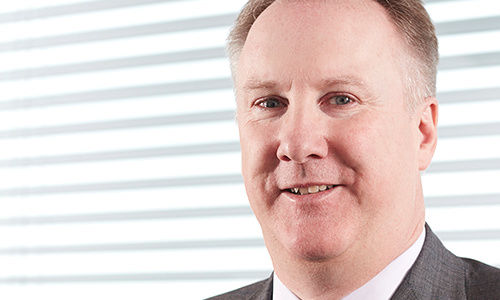The fatal flaw in trading cryptocurrency is not knowing who’s behind the trades and where the coins are coming from – by design. We have responsibilities in terms of ensuring that appropriate anti-money laundering and transaction monitoring processes, as is the case today in the traditional world, are in place. The way bitcoin is currently set up and traded, it wouldn’t meet the criteria for SDX.
Wealthy clients have shown a healthy interest in the crypto industry though.
There will always be investors for high-risk assets. There are markets available for certain kinds of products that go well outside what a stock exchange does.
Would SDX consider linking up with a crypto exchange later on?
There are various initiatives around the world working to create a legitimate liquidity pool for cryptocurrencies. We’ve talked about how to create interoperability between different chains and make sure you give access to liquidity pools, for example. If the market for today’s cryptocurrencies can be legitimized from a know-your-customer and know-your-coin point of view, we may well create the necessary connectivity between our respective infrastructures.
How much is SIX spending on building the SDX?
We’re investing a significant double-digit million amount this and last year. The final price tag depends on numerous factors, including the regulatory requirements, new client use cases, how long we have to sustain SDX half-ready to go in the box, and when profitability kicks in.
You will have to maintain two sets of trading infrastructures – and two sets of costs – for how long?
We’re looking at this project continuing on for at least ten years. It will take five to seven years to get to sufficient volumes on SDX to warrant a dialogue about decommissioning the traditional infrastructure. Banks and other trading counterparties have to adjust their legacy systems to the digital world, and each will do that in their own investment lifecycle.
Isn’t that where your clients have serious problems, because of legacy platforms?
The move to a digital infrastructure, at least as we envisage it, does not replicate old processes with new technology, but rather looks to change processes substantially, reducing risk, and increasing liquidity for our clients. That in turn creates a business case for our clients. Our approach allows our clients to adjust their legacy to digital in their own time.
SDX currently has about 70 people. Where will that be at the end of this year?
About 100 people, as we begin gearing up to run the operations from next year.



































